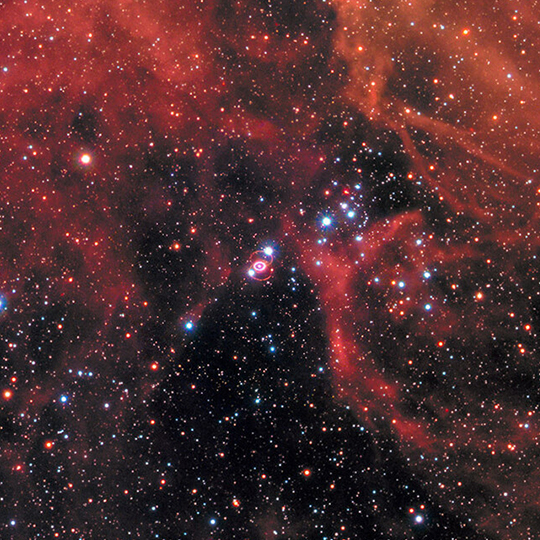Lincoln Greenhil
- Quasars & Other Active Black Holes
- Masers
- Star Formation
- Telescopes
- Extragalactic Distance Scale
- Black Holes
- Dark Energy and Dark Matter
- Detector Technology
- Disks
- Early Universe
- Intergalactic Medium
- Interstellar Medium and Molecular Clouds
- Large Scale Structure
- Very Long Baseline Interferometry
About
Observational cosmology at radio wavelengths is Lincoln's primary research interest at present, specifically the "Dark Age," which preceded emergence of the first stars, and the subsequent "Cosmic Dawn" era, during which ultraviolet light from those stars suffused large patches of the universe for the first time. The light's interaction with hydrogen gas, which was spread throughout the universe, is hypothesized to have created what will be the earliest directly detectable signal from baryonic matter. In pursuit of that, Lincoln leads the Large Aperture Experiment to Detect the Dark Age (LEDA). He also retains interest in the many-million solar mass black holes that lie in the centers of galaxies and warped disks of orbiting gas and dust bound to them on sub-parsec scales. The earliest study to resolve the rotation curve of such a disk targeted the galaxy NGC4258 and radiation from trace water vapor. Lincoln's technical interests of late have included digital signal processing, massively parallel real-time stream computing with Graphics Processing Units (GPUs), interferometry, and design of low-frequency radio arrays with thousands of antennas.
Harvard: PhD (1990) MIT: S.B. (1984)
